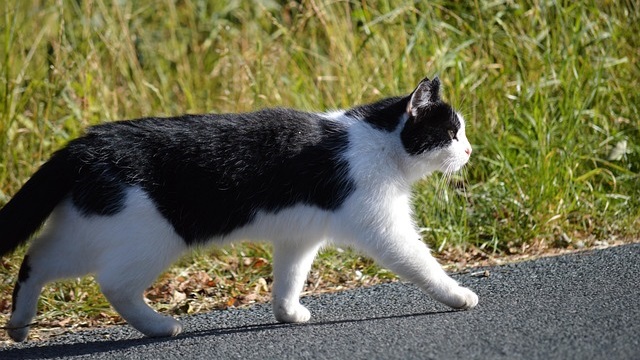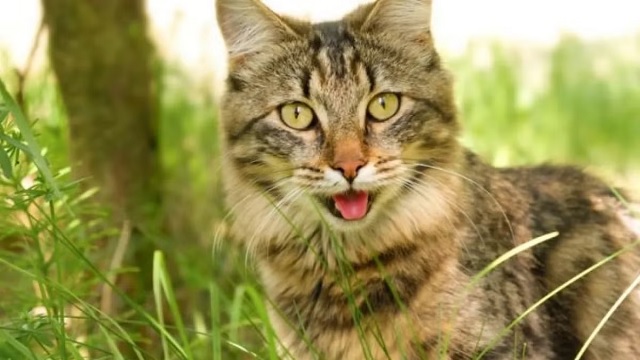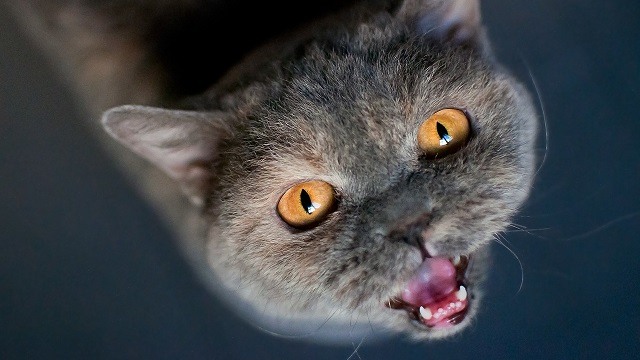If you’re wondering, “why is my cat limping?”, it’s understandable to feel worried. Limping in cats can occur for many reasons—from minor issues like a temporary sprain to serious conditions needing urgent veterinary attention. Even if your cat doesn’t show obvious pain, limping often indicates an underlying problem that should be evaluated by a veterinarian.
Dr. Carolina Domingues, DVM at Maven Pet, emphasizes, “Cats are masters at hiding their pain, making it crucial for pet parents to closely monitor their behaviors. Subtle behavioral changes like avoiding jumps they once handled with ease, is often a cat’s way of signaling discomfort or injury. Always pay attention to these signals and seek veterinary care sooner rather than later. The best preventive action you can take is knowing what’s normal for your cat. This awareness helps you identify issues quickly and provide timely intervention.”
In this article, we’ll explore 9 common reasons why your cat might be limping, when you should be concerned, and how Maven Pet can support proactive monitoring of your feline friend’s health.
1. Injury or Trauma

Cats are agile but can still experience accidents or injuries like sprains, fractures, or bruises from jumps, falls, or outdoor mishaps.
When to worry: Seek veterinary care if there’s swelling, significant pain, an open wound, or your cat can’t bear weight on the limb.
Maven Tip: Track your cat’s activity levels with Maven Pet to quickly identify any sudden reductions in mobility or activity due to injury.
2. Arthritis
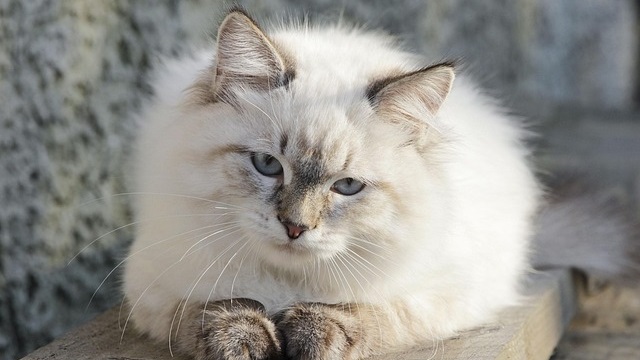
Arthritis causes joint inflammation and pain, commonly seen in older cats but possible at any age.
When to worry: Persistent limping, difficulty moving, jumping, or climbing.
Maven Tip: Use Maven Pet’s monitoring features to spot gradual decreases in activity, which can indicate joint pain and arthritis early on.
3. Paw Pad Injuries
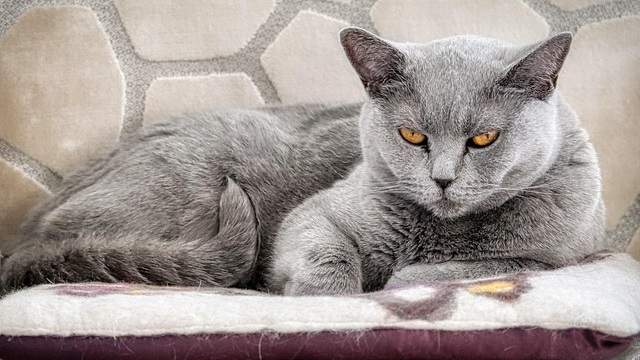
Sharp objects, walking across a hot surface, or foreign materials can injure your cat’s paw pads, causing discomfort and limping.
When to worry: If you notice bleeding, swelling, or signs of infection.
Maven Tip: Log signs like excessive paw licking or behavioral changes in Maven Pet’s journal for accurate vet reports.
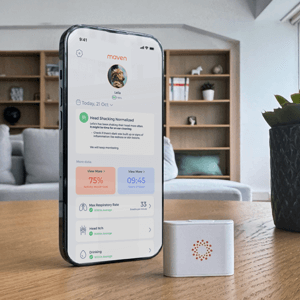
Maven Pet
Health Monitor
#1 Vet-recommended pet monitor! Tracks activity, rest, respiratory rate, water intake, scratching and other health indicators 24/7
4. Infections

Bites or scratches from other animals often lead to infections and abscesses, resulting in swelling and limping.
When to worry: Swelling, redness, warmth, or discharge.
Maven Tip: Monitor your cat’s rest patterns through Maven Pet, as increased restlessness could indicate pain or discomfort from infections.
5. Neurological Conditions
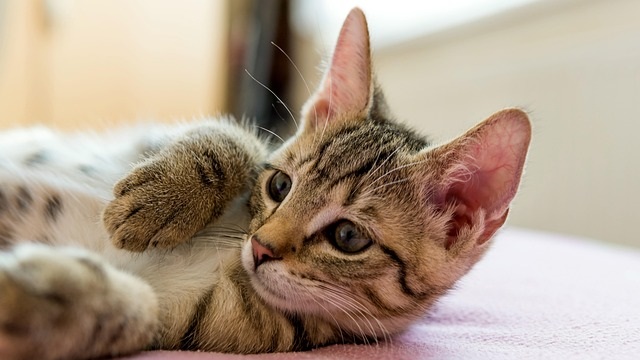
Conditions affecting the nervous system, like spinal injuries or nerve damage, can cause sudden or gradual limping, with the leg being held in an odd position.
When to worry: Weakness, limb dragging, or unusual gait.
Maven Tip: Maven Pet can detect abnormal behaviors such as nighttime restlessness, alerting you to potential neurological issues.
6. Tick-Borne Diseases
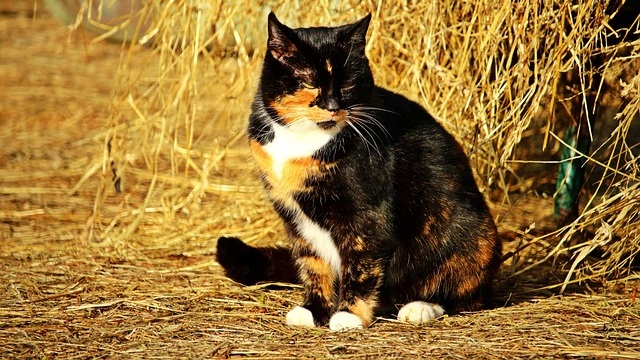
Ticks can transmit diseases such as Lyme disease, causing joint inflammation, swelling, and a limp.
When to worry: Recent tick exposure accompanied by symptoms like fever, lethargy, and swollen joints.
Maven Tip: Regularly check your cat’s activity data in Maven Pet after outdoor adventures to identify possible tick-related issues early.
7. Hip Dysplasia
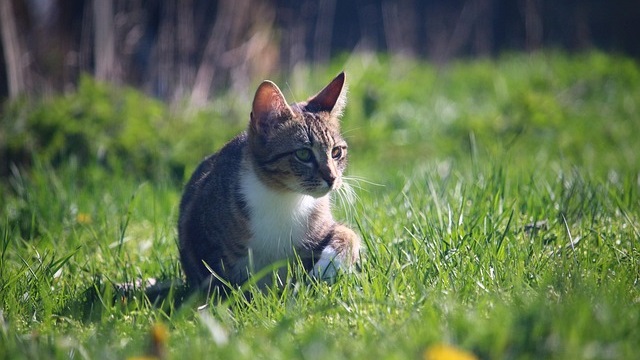
This condition involves abnormal hip joint development, causing pain and limping, especially in larger cat breeds.
When to worry: Difficulty standing or reluctance to climb and jump.
Maven Tip: Maven Pet helps track decreased mobility, signaling potential joint issues or hip dysplasia early for prompt veterinary attention.
8. Cancer

Cancers affecting bones or soft tissue can cause persistent or sudden limping.
When to worry: Limping combined with weight loss or lethargy.
Maven Tip: Monitor long-term activity trends and behavioral shifts using Maven Pet to help detect signs of serious conditions early.
9. Limp Tail Syndrome

This syndrome occurs due to trauma, inflammation, or nerve damage, resulting in a suddenly limp tail.
When to worry: Continuous limpness or visible pain when handling your cat’s tail.
Maven Tip: Record sudden behavioral changes or visible discomfort in Maven’s journal feature for veterinary reference.
Key Takeaways:
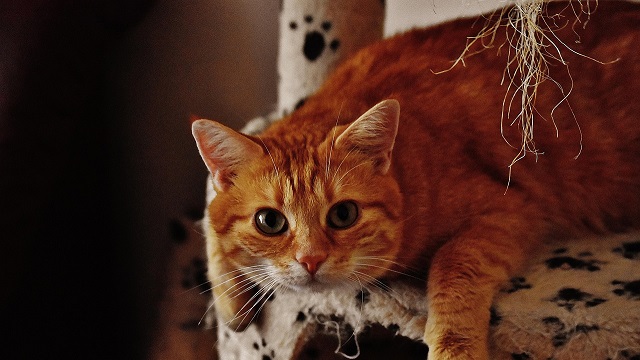
- Common reasons for limping include injuries, arthritis, paw pad damage, infections, neurological issues, tick-borne diseases, hip dysplasia, cancer, and limp tail syndrome.
- Even minor limping should be monitored carefully, as it can indicate significant health issues.
- Seek immediate veterinary care for persistent or painful limping.
- Use Maven Pet to proactively monitor your cat’s health and detect subtle changes early, aiding in timely interventions and treatments.
By proactively observing your cat’s health and leveraging tools like Maven Pet, you can ensure early detection and effective management, leading to a happier, healthier feline friend.
Maven Pet focuses on improving the quality of life of our pets with technology, using artificial intelligence (AI) to enable proactive pet care. By accurately collecting and monitoring pet data 24/7 and flagging any irregularities, Maven Pet empowers pet parents and veterinarians to stay ahead of potential health issues, ensuring the well-being and longevity of our beloved companions.

